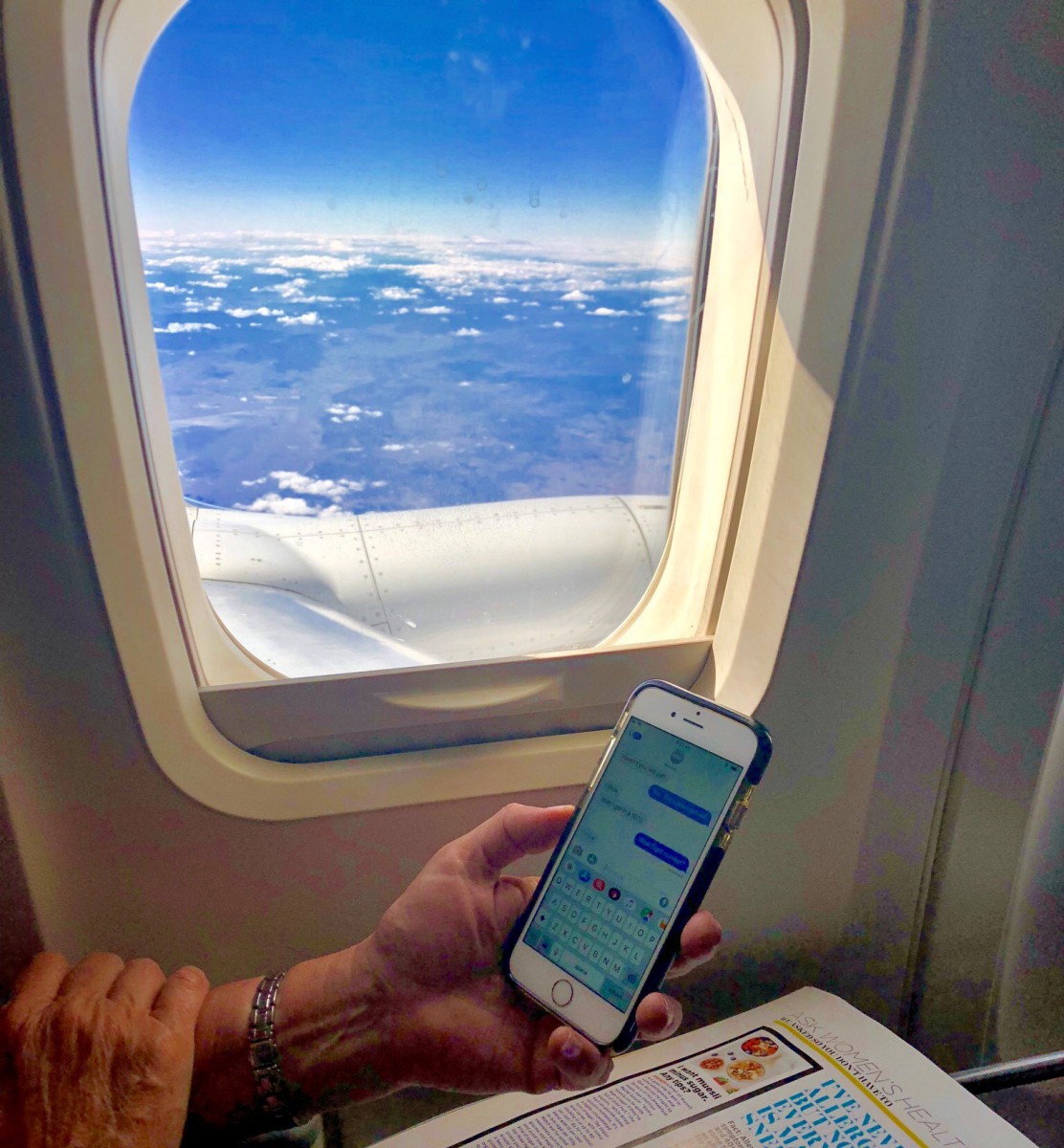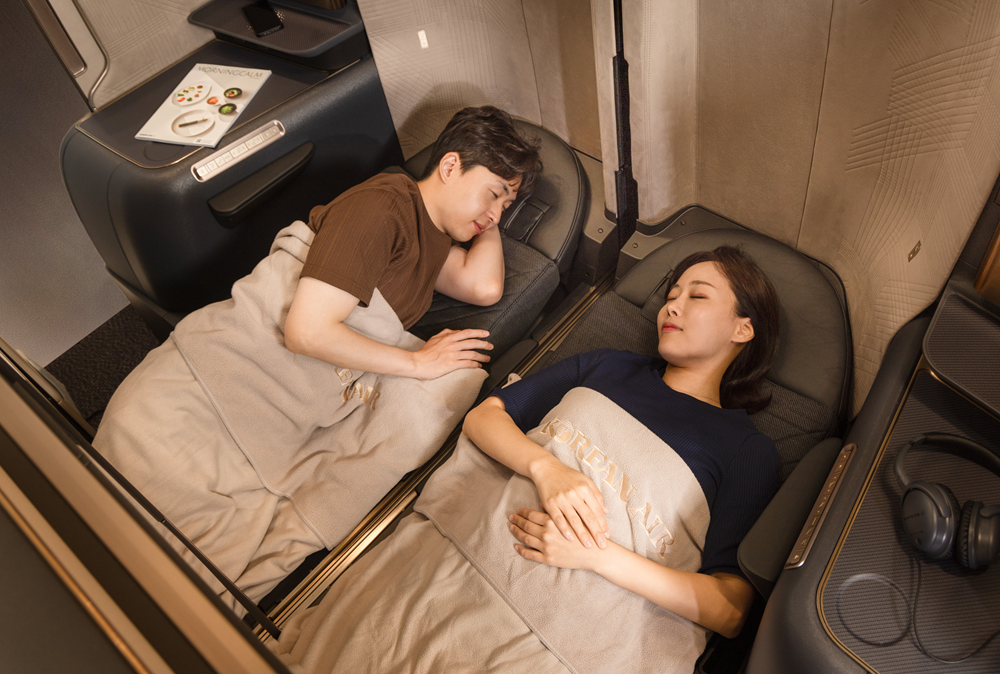Social media giving aviation safety record a bad rap
01 January, 2019
3 min read
Airline News

Geoffrey Thomas
By joining our newsletter, you agree to our Privacy Policy


The rise and rise of social media is fuelling the public’s perception that flying is not safe with almost every aircraft incident, even the most insignificant, broadcast to the world.
Now virtually all airline passengers or visitors to an airport are photojournalists or commentators and the spread of in-flight WiFi has just widened their ability to transmit every incident to social media such as Facebook, Instagram or Snapchat.
This year it is estimated that over one trillion digital photos were taken, and 85 percent of them on mobile phones and most are on social media.
READ: 2018 worst year since 2014 for fatal airline crashes
Putting that number in perspective, in the history of print film, only 2.5 trillion photos were taken, which means every two years almost as many photos are taken than in the entire history of analog cameras.
And if it’s not a photo, it’s a video with 300 hours uploaded to YouTube every minute and 5 billion videos watched each day.
Many air crash evacuation videos were taken by passengers, when they should be focused on getting off a burning aircraft, are watched tens of millions of times.
According to German airline Lufthansa’s research, up to 70 percent of passengers have some fear of flying, and for more than 30 percent of travelers, it is the key factor when booking.
While not as good as some prior years 16 accidents and 555 deaths from 45 million flights and 4.5 billion passengers is a remarkable record when compared to
Flashback 54 years ago, there were a staggering 87 crashes killing 1,597 when airlines carried only 141 million passengers — just a fraction today’s 4.5 billion.
There is no question flying is safer and one of the reasons is the International Air Transport Association’s Operational Safety Audit introduced in 2003.
Since then, 432 airlines have completed the comprehensive audit and those airlines’ crash rate is around 75 percent better than airlines that do not do the audit.
Completing IOSA every two years is a condition of joining IATA, the leading industry body.
An IOSA audit examines every aspect of an airline’s safety — on the ground and in the air — and ensures it has industry best practice with a continuous expert safety review process. It also ensures the airline has the systems to keep up with the latest safety developments.
Next Article
2 min read
Qantas triples profit but misses mark

Get the latest news and updates straight to your inbox
No spam, no hassle, no fuss, just airline news direct to you.
By joining our newsletter, you agree to our Privacy Policy
Find us on social media
Comments
No comments yet, be the first to write one.
